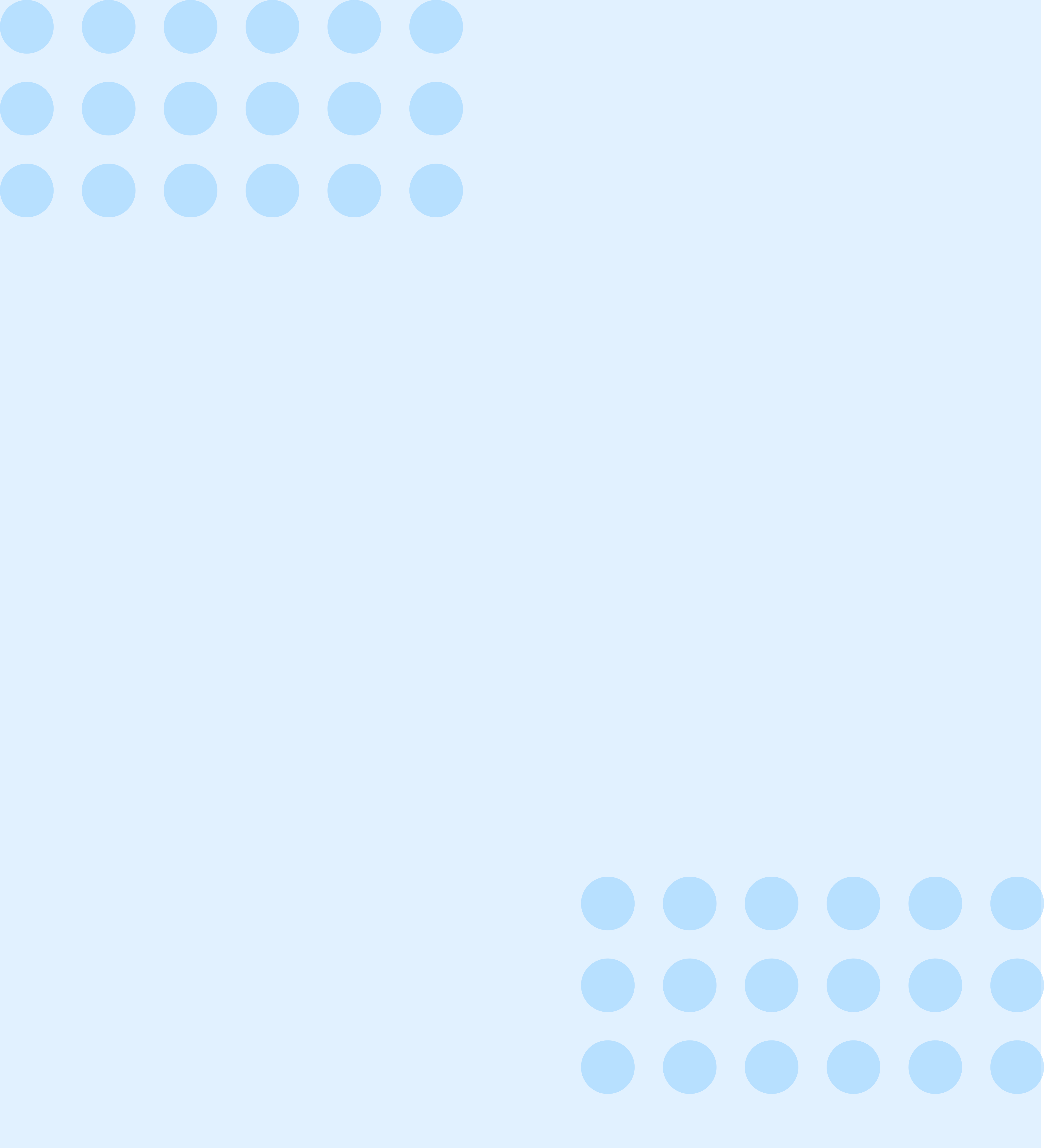If you’re still considering different networks to create your decentralized applications, it’s
worth mentioning that Hedera helps you do that in a fast, secure, fair, sustainable, and
cost-effective way.
Hedera is the greenest Proof-of-Stake network in the world, and it can assist you to achieve
your environmental sustainability plans by maintaining your carbon footprint low. In addition,
you don’t have to stress about throughput conditions because the network handles 10,000
transactions per second (tps) for aboriginal services and over 400 tps for smart arrangements.
All of this is done with an average transaction cost of $0.0001, always denominated in USD, so
you can predict and plan the costs for your company. Finally, the transparent governance model
of the network provides you with the guarantee that there will be no forks and that your company
and applications are developed on a regular and reliable basis.
With that in mind, let’s get started!
What Do I Need to Start Developing on Hedera?
Start developing on the Hedera network in three simple ways: get a free development account; set
up your environment; and try out some examples and tutorials.
Get a Free Development Account
Begin developing for free by utilizing the Hedera test network (testnet). Go to the Hedera Developer Portal to create a testnet
account. This reserve is filled with 10,000 pretend bars every 24 hours—that will
give you a bunch of room for testing.
Remember that the price of trades on the Hedera main web (mainnet) is paid in real hbar. Once
you’re keen on deploying your application to the mainnet, be sure to create a mainnet account
through one of the supported wallets.
Set Up Your Environment
Go to the Getting Begun area of the documentation and follow the
instructions to put up your consequence environment in your best language. You have
SDKs open for JavaScript, Java, and Go. There is also a community-authored SDK for.NET.
Use the documentation regularly as it has components and examples for each functionality. This
will be beneficial when you like to, for instance, make a smart contract, build a token using
the Hedera Token Service (HTS), or make a topic employing the Hedera Consensus Service (HCS).
Try 'em Out!
Operating instances is one of the best methods to discover a new subject, and with Hedera, you
have many models and tutorials open for your consideration and reuse.
Beginner Step-by-Step Tutorials
- Make Your First Smart Contract Deployment
- Developing and Sharing Your First NFT
- Submit Your First Consensus Message
- Schedule Your First Transaction
- Transfer hbar
What Should I Know Before I Begin?
Hedera Network Services, Inc.
- Make and deploy Solidity smart contracts on the network using the Smart Contract Service. It
is a suggestion to utilize the Hedera Token Service to mint tokens, with integration
with smart contracts coming soon.
- Configure, mint, and handle native fungible and
non-fungible tokens on the Hedera network without the requirement to deploy a smart
contract.
- For any application or licence in the blockchain framework, checkable timestamping and order
of
possibilities
- File Service:Spread files to each node on the web. While this isn’t designed for large file
repositories, it can support storing files that need an active repository on the ledger,
such as
Solidity code or an address book.
HBAR is the native, energy-efficient cryptocurrency of the Hedera public network. Hbars are
used
to settle transaction fees and save the network from hostile actors.
SDKs
Hedera
and the designer community donate to and support Hedera SDKs across different languages.
Hedera supported
The community supported Python
• NET
Key Concepts
Accounts: The Central Starting Point
- Accounts are stored on the public ledger and have hbar which is used to pay for the
marketing and
query fees.
- Hedera accounts can be developed, edited, or deleted and are represented by an account
ID.
- To open an account, you must first have an existing account that can pay the associated
transaction fees for the new account and optionally fund the new account with an initial
balance.
Keys and Signatures
• Each account has a private and public key pair.
The private key of the account is used to approve and sign transactions for that account.
The public key is what is perceptible to others on the network when account data is
requested.
• The key to an account can be a list of keys, with three
prospects
available.
Key List: M out of M signatures
(multi-signature).
Nested: A complicated order of signatures is
needed.
This can include key lists and thresholds.
Threshold:M out of N signatures.
Transactions, Queries, and Confirmations
• Transactions are proposals sent by a
customer
to the network for processing. Each transaction has an associated marketing fee
that
reimburses the Hedera network for that processing and subsequent care in a
consensus
state.
Scheduled transactions allow implementation when time and signature needs are
met,
which makes them ideal for multi-signature transactions when you don’t have all
the
needed signatures instantly available.
• Queries are sent by customers to a single
node
to retrieve some points of the current consensus state, like the balance of an
account.
• Confirmationsare receipts, records, and
state
proofs.
Receipts (minimal details) suggest whether a transaction was successfully
processed
into a peaceful state.
Records (more information) show transaction points like the consensus timestamp
or
the outcomes of a smart contract function call.
State proofs (coming soon) This web agreement on the ranges of a record must
include
signatures from most of the network nodes.





